Saturday, 22 November 2025
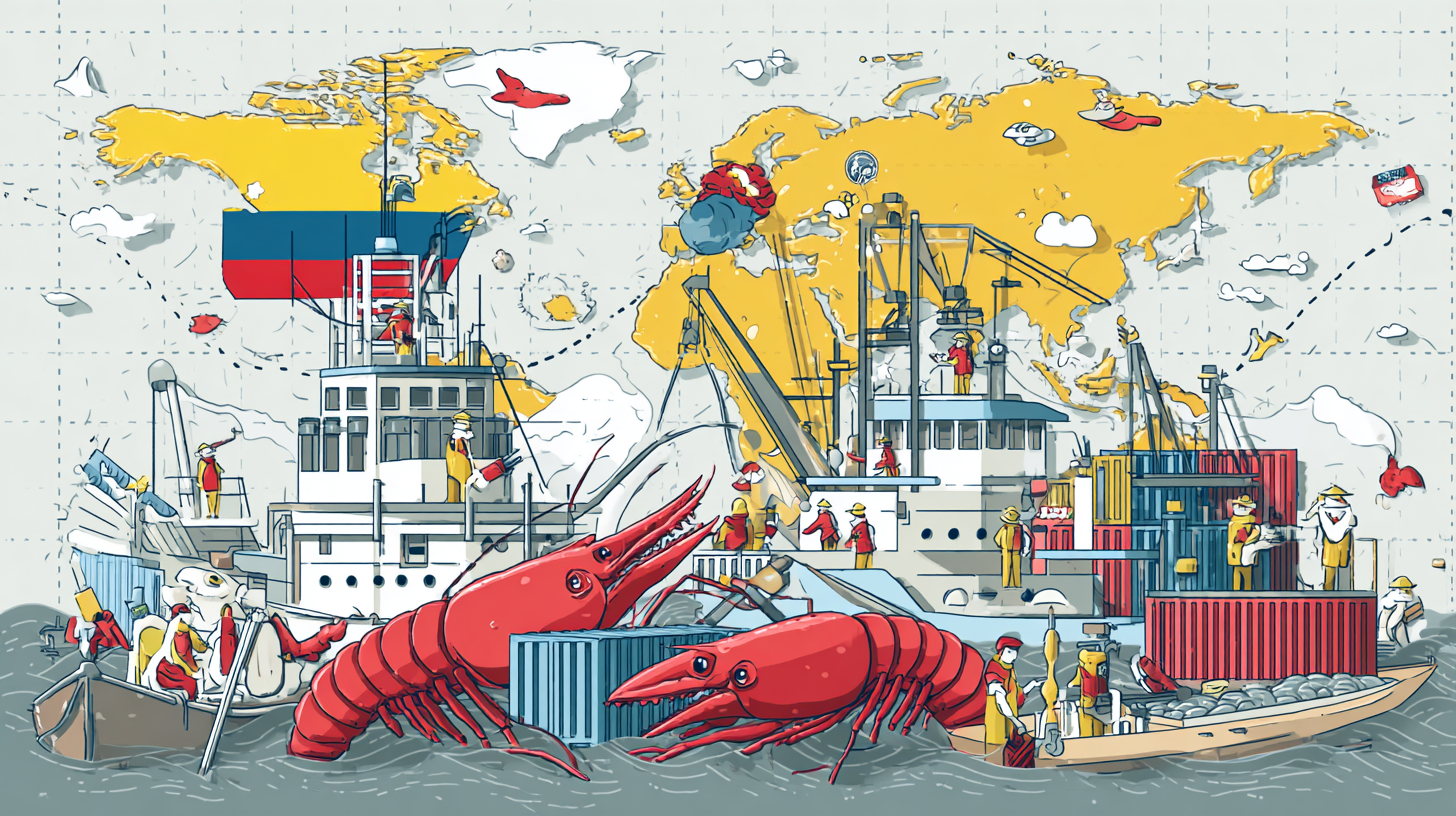
Volume up. Value up. Dependence down. How the world’s shrimp leader is reshaping its market power
Ecuador’s shrimp industry has stepped into the final stretch of 2025 with a confidence shaped by technology, trade resilience, and a decisive break from its old vulnerabilities. The numbers alone reveal an industry that has shifted from commodity exporter to global market architect. September 2025 shipments reached 104,201 metric tons, marking a 9 per cent year-on-year rise, while export earnings surged 22 per cent to $ 571 million.
Over the first three quarters of 2025, volumes climbed to 1.04 million tonnes — up 14 per cent — but the real story lies in value: Export revenues rose 23 per cent to $ 5.51 billion. Ecuador is selling more, yes — but the country is now also earning more per kilogram it ships. The margin rebound is substantive, not speculative. After the severe price corrections of 2023–24, the world’s leading shrimp exporter has emerged not just larger but stronger.
This divergence between volume growth and value growth signals a structural pivot in Ecuador’s approach. The country is no longer tolerating being hostage to volatile bulk markets or one-dimensional buyers. Instead, Ecuador is systematically repositioning itself as a producer of high-certainty, high-reliability, and increasingly premium-grade shrimp. Profitability is improving because Ecuador has made the choice to pursue value leadership — and markets are willing to pay for it.
Decoupling from China: From Concentration Risk to Strategic Reset
For more than a decade, China was the gravitational center of Ecuador’s aquaculture ambitions — a market that absorbed nearly every incremental ton of supply. That dependency was both a gift and a vulnerability. In the first nine months of 2025, China still imported 495,000 tonnes of Ecuadorian shrimp, representing nearly half of all shipments. Yet for the first time, that share is no longer expanding. Instead, it is retreating. September exports to China fell 13 per cent year-on-year as tightening import rules, cold storage congestion, and a new Chinese preference for higher-value and branded shrimp began redirecting growth away from commodity formats.
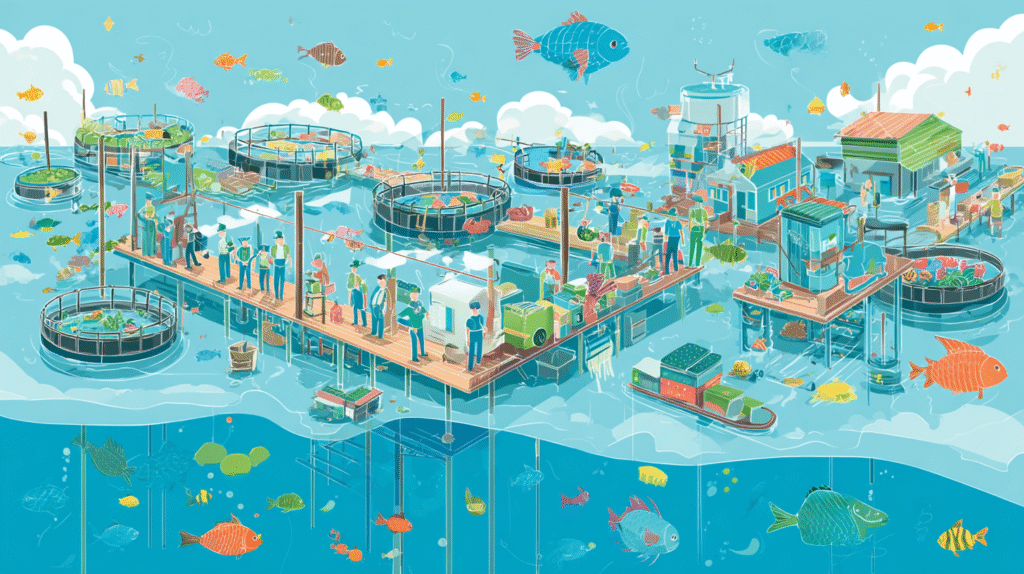
The narrative has changed. The Chinese market is not collapsing — it is maturing. But a maturing China buys—or bargains—differently. The old model of pushing volumes without controlling pricing is no longer advantageous for Ecuador. Once seen as a potential trap that could force the country into volume dependency at the cost of margins, China is now being strategically reframed. Ecuador is allowing China to shrink in volume importance precisely because the world elsewhere is growing in value attractiveness. This is evolution — not retreat.
What looked like a dependency risk five years ago has today become the biggest catalyst for Ecuador’s diversification strategy. The country is forfeiting low-yield volumes in China in exchange for value growth in markets where traceability, sustainability, and reliability command a premium. It is the difference between filling containers and shaping income.
The West Returns: Europe and the U.S. as Value Anchors
The resurgence of Ecuadorian shrimp in the European Union and United States confirms this value-first approach. European buyers — from major retailers to foodservice chains — are strengthening supplier relationships with countries whose compliance structures exceed global norms. Ecuador’s fully integrated supply chain, cold-chain mastery, and certification standards provide a unique competitive edge over Asian suppliers that still wrestle with disease variability and traceability inconsistencies. The result is a blistering 29 per cent growth in September shipments to Europe and a 33 per cent rise over the year to date. Europe buys fewer surprises and more transparency, and Ecuador offers precisely that.
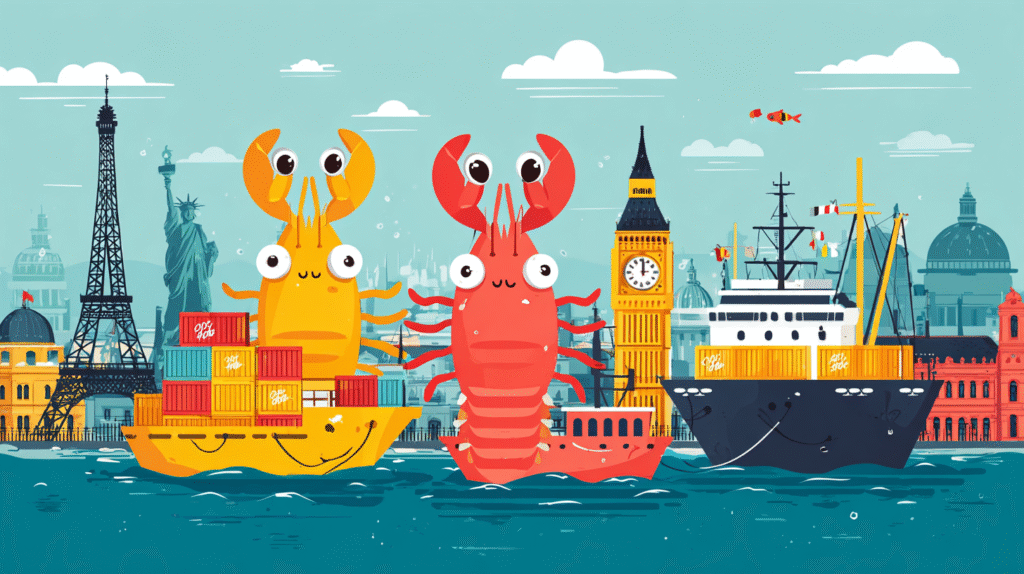
The United States is telling an even more dramatic story. Shipments spiked 71 per cent year-on-year in September alone, pushing year-to-date export growth to 19 per cent. Notably, this recovery is happening despite inflationary pressure and a slower revival of the U.S. restaurant sector. The driver is retail — and retail loves consistency. That consistency is Ecuador’s calling card. When buyers want a dependable product that doesn’t shrink in the pan or expose retailers to recalls, Ecuador has become the smart bet.
Together, Europe and the U.S. now absorb close to 40 per cent of Ecuador’s shrimp exports — but more importantly — a greater percentage of its profitability. China once gave Ecuador volume dominance. The West now gives Ecuador value leadership.
Japan’s Quiet but High-Impact Demand
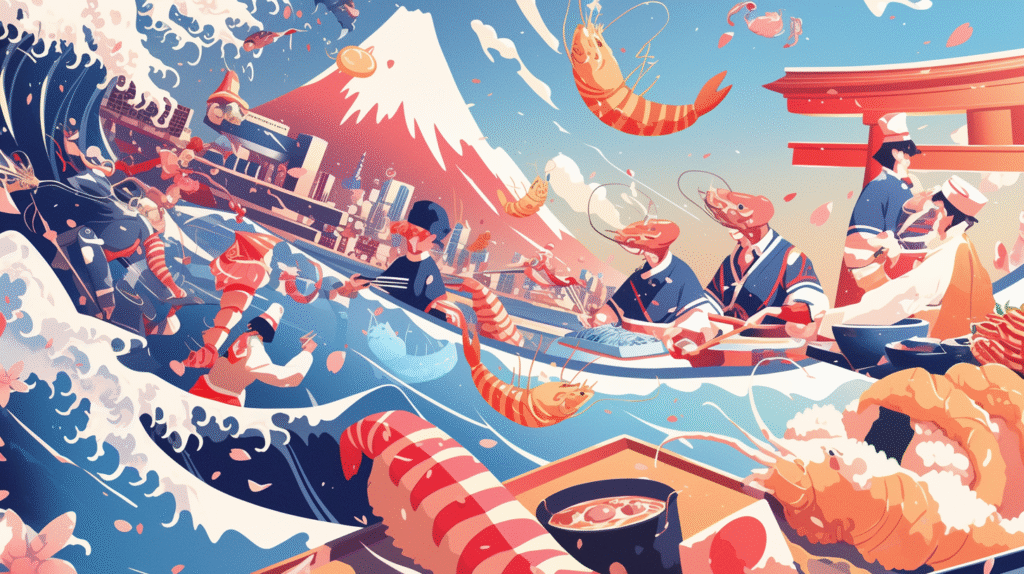
Japan is not a huge buyer in sheer volumes, but it is a dependable source of pricing stability. Over the first nine months of 2025, Ecuador’s exports to Japan rose 39 per cent year-on-year, a leap that underscores rising preference for traceable, premium head-on shrimp in retail and in high-end gastronomy. Japan seldom drives explosive spikes in demand; instead, it acts as a stabilizer against volatility. For Ecuador — which seeks more predictable price floors and not just adventurous price ceilings — Japan’s growing appetite supports long-term margin durability.
Russia, conversely, continues to be a stress point. A 50 per cent decline in September shipments and a 12 per cent contraction year-to-date reflect the combined weight of geopolitical tension, payment complications, and severe currency fluctuations. Ecuador is no longer focused on chasing volume in markets where political risk overwhelms commercial return. The strategic message is visible and consistent: margins matter more than tonnage.
Technology, Biosecurity, and the Data Dividend
Ecuador’s success is not accidental or weather-driven. It is manufactured through the country’s three defining competitive pillars: advanced genetics, biosecurity excellence, and AI-enabled aquaculture management. By investing heavily in biosecure broodstock and refining disease-resilient lines, Ecuadorian hatcheries have dramatically reduced mortality risk. Farms now deploy automated feeders and real-time water quality sensors, optimizing feed conversion and farm labor efficiency. With digitization embedded across production, Ecuador has achieved something rare in global aquaculture: the confidence to scale without triggering biological chaos.
The supply chain extends this technological advantage all the way to the reefer vessel. Ecuador’s integrated logistics eliminate the quality degradation points that still challenge many Asian competitors. When supply chain control strengthens, so does traceability — and with it, retail bargaining power. The cumulative impact is a structurally lower cost base and a structurally higher quality output — a combination that lets Ecuador remain competitive whether prices rise or fall.
The world has long assumed that scale comes at the cost of quality. Ecuador has disproved that assumption.
A New Geometry of Global Seafood Trade
The global shrimp market is entering a phase where no single region can dictate the rules. China’s declining dominance is not being replaced by another dependency but instead by a network of diversified value pools. Western markets are driving value acceleration. Asia beyond China — including South Korea and increasingly affluent Southeast Asian cities — offers incremental yet reliable uplifts. The Middle East and Mexico contribute strategic stability through buyers that appreciate origin integrity and cold-chain guarantee.

Ecuador has positioned itself squarely at the center of this multi-polar global trade architecture. The country’s aquaculture sector is aligning around a vision where digital traceability, blue carbon accounting, and high-efficiency processing enable it to comply with — or exceed — evolving climate-linked and safety-linked import frameworks. Unlike economies that adjust only once regulations bite, Ecuador is preparing ahead of regulatory demand. The country is increasingly defining what responsible aquaculture should look like rather than waiting for external mandates.
This maturity gives Ecuador not just commercial leverage but reputational leadership.
The Path Forward: Value Chain Power and Climate Credentials
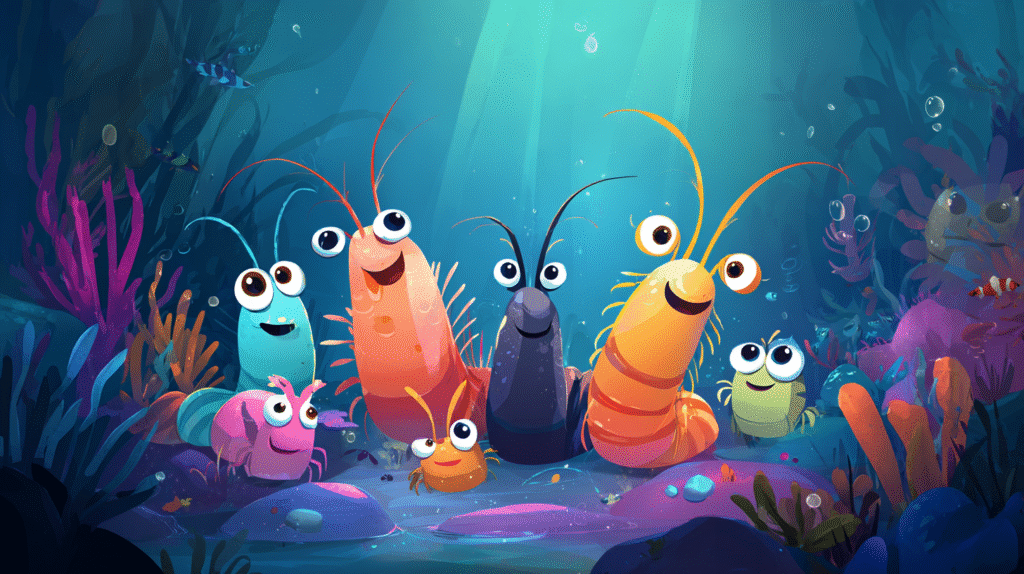
The most important development is not where Ecuador ships shrimp today, but how it is preparing to dominate emerging expectations tomorrow. Carbon-neutral aquaculture is transitioning from ambition to commitment. Mangrove-linked blue carbon programs are beginning to align environmental stewardship with export competitiveness. Automation is improving labor productivity, enabling farmers to manage more ponds with fewer operational uncertainties. Genomic research partnerships are accelerating the development of disease-resilient lines ready for a warmer, more biologically volatile climate era.
Value addition is also moving closer to the farm. As more peeled and cooked formats are shipped directly from Ecuador rather than third-party processors abroad, the origin captures more of the retail dollar. The country is transitioning from a raw material supplier to a branded protein exporter. Countries like Chile proved the power of that shift in salmon; Ecuador intends to do the same in shrimp.
This is no longer about supplying a commodity. It is about building a seafood identity.
Conclusion: The Market Has a New Leader
Ecuador’s shrimp boom is not just a story of bigger numbers on a trade sheet. It is a story of strategic repositioning — from dependence to optionality, from commodity volume to premium value, from vulnerability to resilience. China still matters, but no longer dictates Ecuador’s future. Europe and the United States form a high-value backbone. Japan provides stability. Emerging markets provide momentum. Technology provides confidence. And governance provides credibility.
Ecuador has turned aquaculture into a national capability that shapes global pricing, influences retail stocking decisions, and increasingly defines sustainability standards. The future is not being handed to Ecuador — it is being engineered there.
The world once worried that Ecuador’s shrimp success was hitched too tightly to a single market. Today, Ecuador is quietly proving it can thrive in a future where that market becomes optional. In doing so, it is rewriting the geometry of global seafood trade — one reefer shipment at a time.
—- Suchetana Choudhury (suchetana.choudhuri@agrospectrumindia.com)